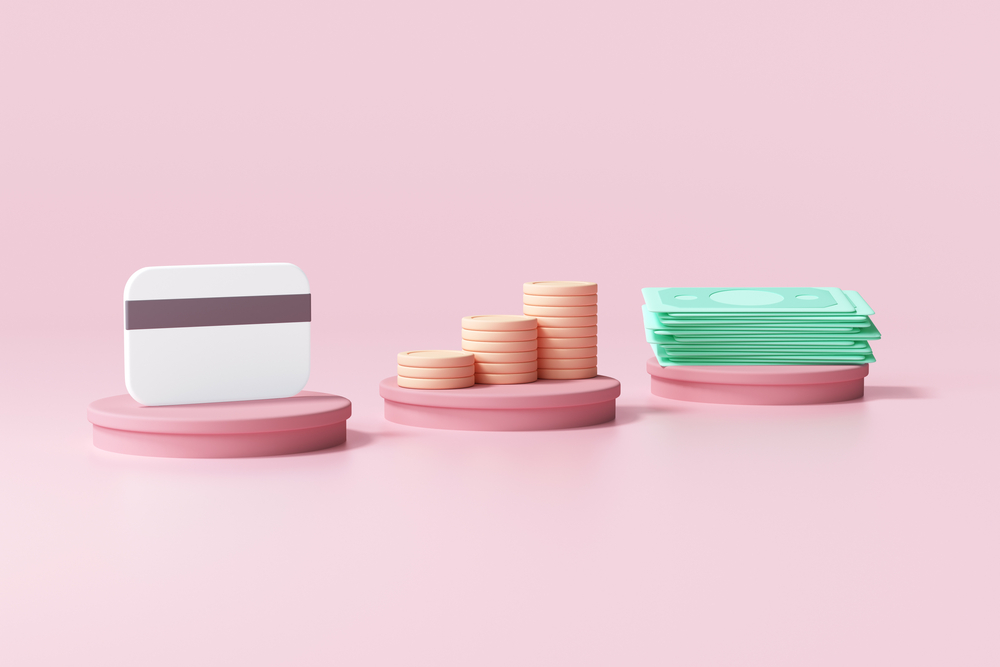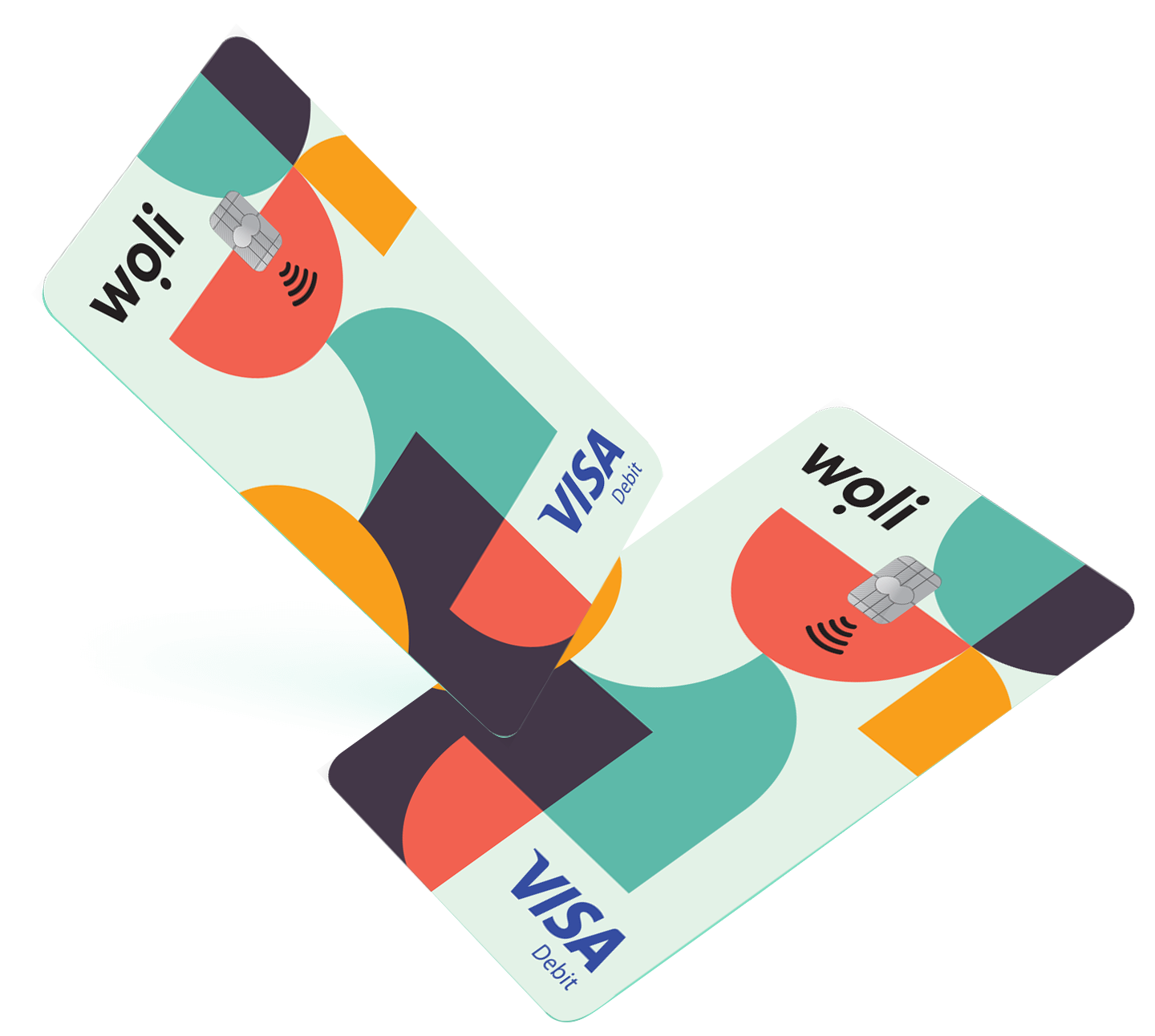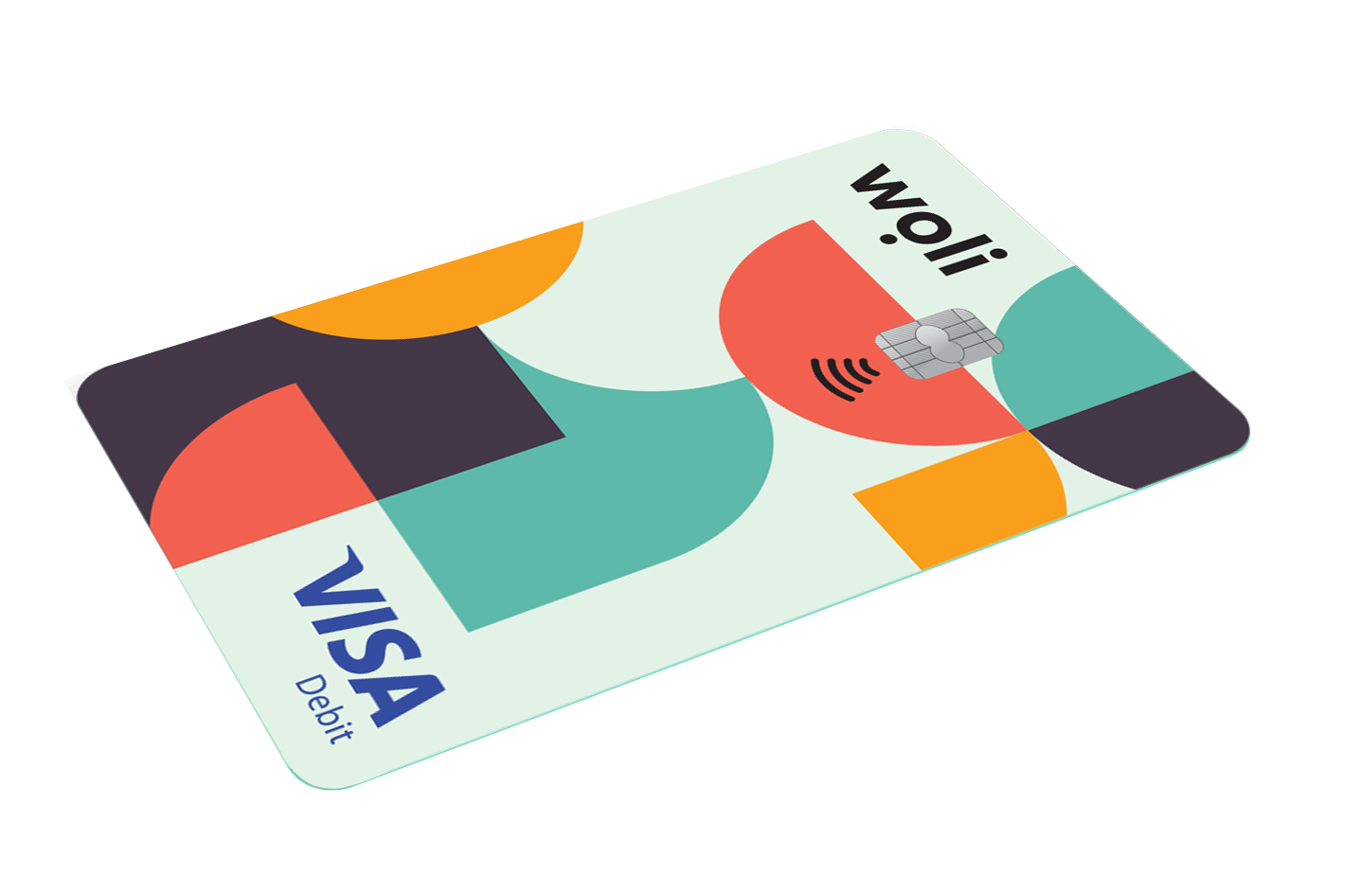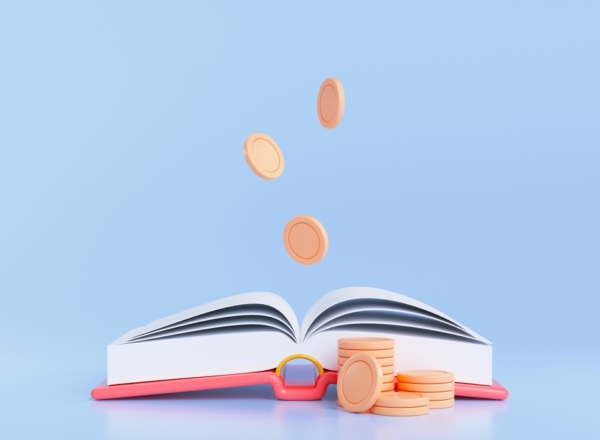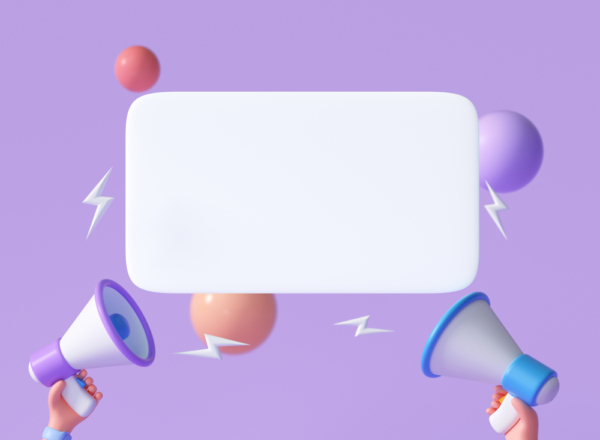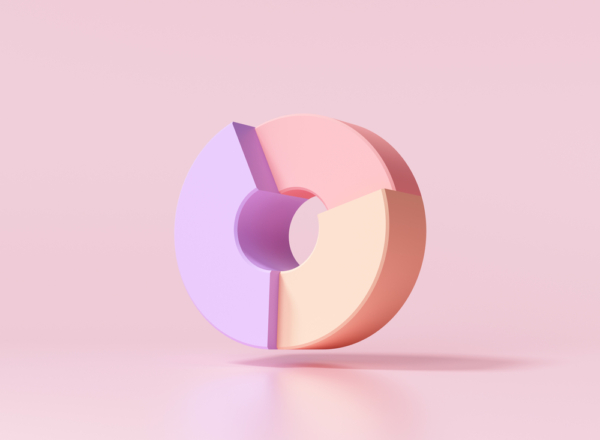Having already taken your first steps in the “Money paths” section, the time has come to find out in more detail what it really is that we call money, and its evolution to date.
As we have mentioned in previous activities, the nature of money has evolved over the years. In the beginning, money was basically a commodity, that is, it was an object made of some valuable material (for example a gold coin) that had a certain value in the trade that people made.
But then that changed. Money became representative. Simply put, in this case the money used by people could be exchanged for a certain amount of gold.
Today, the financial transactions we make every day are based on money. Modern-day money is defined and issued by a central bank, in which people have confidence that it will keep its value stable with each passing day.
Through this brief retrospective you understand that the money you have in your hands, from the first day it was invented by man until today, is essentially a means of exchange, accepted by the economy of every society over time.
Nowadays the concept of money has evolved. In today’s economy, money is issued by the state and is acceptable for the repayment of debts. At the same time, it continues to function as a means of exchange.
Money is therefore the sum of deposits in the bank, as well as coins, banknotes (banknotes) that people use on a daily basis to be able to make purchases of goods and services and to repay their commercial debts.

